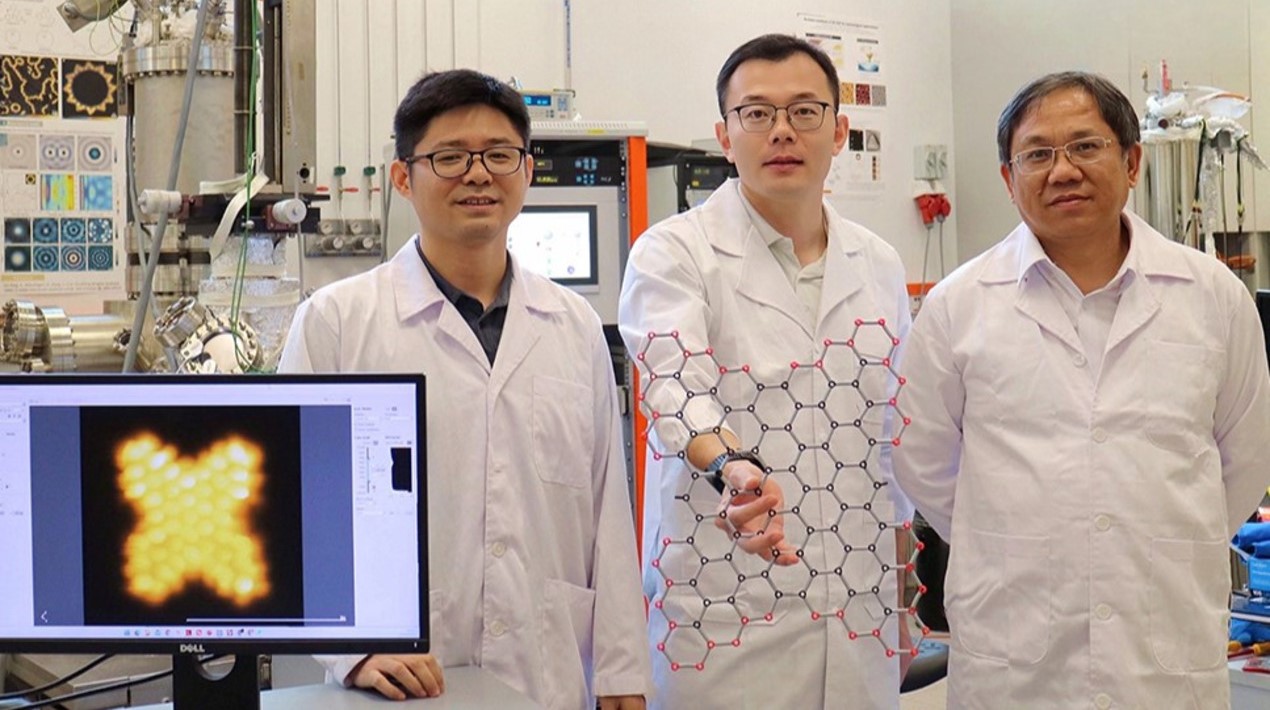
Since the development of information technology, “Humanities Research” has continuously undergone various changes. From research topics, data citations to the presentation of results, the establishment of its own digital database, and the ever-changing application of information technology, the landscape of humanities research show the rich diversity that encompasses new phenomena and cross-field mismatches.
Taiwan’s Academia Sinica Digital Humanities Research Project aims to keep up with the times and constantly explore the various possibilities of humanities research, including how to use digital technology to improve humanities research more systematically and efficiently. The research project also focuses on what kind of path the development of digital humanities will eventually take requires the participation and practice of researchers in the field of humanities.
Hence, the Academia Sinica Centre for Digital Cultures is issuing an open call for project proposals for the 2022 Digital Humanities Research Project. This year’s project categories include:
- Linked Knowledge Bases for Digital Humanities
- Build a knowledge base project-oriented to activate and open digital content.
- An integrated research project applied by the institute) as a unit.
- List and explain clearly the connection between the research theme, the list of researchers, and potential targets.
- The setting of research topics, with researchers as the main body, and then determine the priority of digitisation work
- Emphasise the integration and openness of research topics and digital content
- Academic Research in the Digital Humanities
- Digital humanities knowledge base to create structured materials and conduct humanities research through digital tools.
- For individual research projects.
- Need to have a clear awareness of the problem and use digital tools for research.
- Use existing digital technology, methods and content to try to find solutions to humanities research topics.
- Develop digital analysis tools or build a digital humanities knowledge base creation platform in combination with research topics focused on researchers.
The Linked Knowledge Bases for Digital Humanities is an integrated research project. It requires multiple researchers to propose an important research topic. After proper planning, they will jointly discuss the detailed plan and follow the research. The topics are divided into sub-projects/sub-projects, and the general moderator is responsible for the overall planning and coordination of the plan, and mastering the research progress and results.
The research project needs to emphasise the integration of the implementation results and the overall planning ability, and the funding needs to correspond to the work project/needs. The researchers need to appropriately supplement the detailed description documents to provide for the judgment of the rationality of the budgeting. This type of plan is limited to the application and implementation of an integrated plan.
Academic Research in the Digital Humanities requires a researcher to propose a detailed plan based on the research theme, emphasising research and innovation, and apply year by year for a period of one year. If an academic research-oriented knowledge base or database is built, it is necessary to implement the application and specify the research topics and the input of the researchers.
Each plan should strengthen the two-way communication between information technology personnel and humanities scholars, jointly conduct content discussions and system construction, encourage cross-field participation and cooperation, integrate and use the technology and platform developed by the centre, and jointly carry out humanities Research and research results published.
If the digital humanities research tool or platform developed by the Digital Cultural Centre is used, the project results must be publicly released and provided to the academics of the hospital for free. In addition, the results of digital technology research and development must also be publicly released. At the same time, the source code of the central office programme, the data set required for the operation of the programme, related installation and use instruction documents, are provided to the academics of the hospital for free.
















